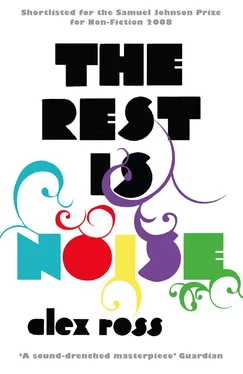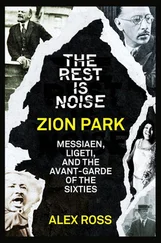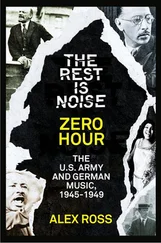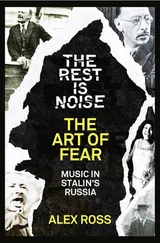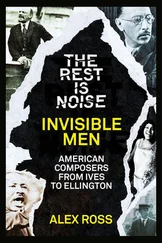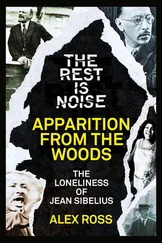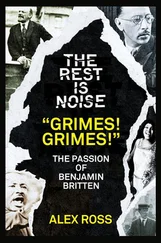Dvořák had assumed that American music would come into its own when it succeeded in importing African-American material into European form, but in the end the opposite thing happened: African-American composers appropriated European material into self-invented forms of blues and jazz.
When Duke Ellington set about making his name, he went for advice to Will Marion Cook. The grand old man of African-American music would give him informal lessons in the course of extended horse-and-buggy rides around Central Park. “I’d sing a melody in its simplest form,” Ellington recalled, “and he’d stop me and say, ‘Re-verse your figures’ … Some of the things he used to tell me I never got a chance to use until years later, when I wrote the tone poem Black, Brown and Beige.” Cook was expounding Brahmsian principles of variation and development: “Reverse your figures” suggests the notes of a theme spelled in inversion or retrograde. Cook also directed Ellington to discover his individual voice: “You know you should go to the conservatory, but since you won’t, I’ll tell you. First you find the logical way, and when you find it, avoid it, and let your inner self break through and guide you. Don’t try to be anybody else but yourself.”
Ellington’s “inner self” is present in his first original recording, “East St. Louis Toodle-oo,” from 1926. The piece is distinctive because it creates a distinctive tension between a blues theme on solo trumpet and a straitlaced accompaniment in the band. The lead tune, written and played by the master trumpeter Bubber Miley, depicts an old man shuffling in wearily from the cornfield. The minor-key accompaniment, Ellington’s work, takes the form of a hypnotic string of closely voiced chords, circling around like a cool crowd of onlookers.
An improvising soloist was, of course, hardly a novelty in musical history; Mozart’s and Beethoven’s concertos offered spells of cadenza freedom, and opera singers had freely ornamented their parts for centuries. The difference in Ellington’s jazz pieces—as in Armstrong’s and Fletcher Henderson’s—was that the distinction between the composed and the improvised broke down at an almost subatomic level. Players moved in and out of the improvisatory circle, taking their solos. They burst into exhilarating runs that sounded spontaneous but were in many cases intricately rehearsed beforehand. The entire ensemble was in a state of flux. Yet it all came out sounding like Ellington.
What distinguished Ellington from most of his contemporaries was that he set himself the goal of expanding the time frame of the jazz piece, stretching it well beyond the limits of the 78-rpm side and into the realm of the large-scale classical work. Rhapsody in Blue was the obvious model, a jazz-based work that had grown into symphonic dimensions. In a 1931 article titled “The Duke Steps Out,” Ellington announced that he was writing “a rhapsody unhampered by any musical form in which I intended to portray the experiences of the coloured races in America in the syncopated idiom.” It would be “an authentic record of my race written by a member of it”—the italics are Ellington’s. In the same year he wrote Creole Rhapsody, which required two record sides. Whether or not this is the work described in “The Duke Steps Out,” Creole Rhapsody has clear ties to Rhapsody in Blue, and at one point it alludes directly to Gershwin’s opening flourish—the upward scale that turns into a glissando. In essence, Ellington was declaring that he would follow Gershwin in uniting jazz and classical procedures, but that he would do it his own way.
Gershwin and Ellington were friendly on a personal level, appreciative of each other’s work. Ellington liked the fact that Gershwin stood around backstage at his shows dressed like a stagehand, as incognito as a celebrity composer could be. Gershwin, for his part, listened intently to Ellington’s records, reportedly filing them separate from the rest of his collection at home. There were, however, moments of tension between the two, as the dispute over Porgy and Bess showed. Ellington flatly rejected the idea that a white composer could be hailed as the composer of a “Negro opera.”
Right around the time of Porgy’s premiere, Ellington set down initial ideas for his own opera, which was to have been called Boola, and which would presumably have shown how Negro opera should really be done. The title character was imagined as a mythic being who would sum up the entire African-American experience, from his crossing to America on a slave ship, to his experiences as a soldier in the Civil War, to his emancipation and emigration north, and on to his arrival in the renaissance city of Harlem—where, Ellington once reminded the New York Times, churches outnumber cabarets.
Boola never got past the sketching stage. While Gershwin would happily spend month after month tinkering with his material, Ellington had a fundamentally collaborative temperament, and composition on the operatic scale defeated him. He did use his sketches in two extraordinary instrumental works, both of which mix jazz and classical devices. Ko-Ko, written in 1939, evokes the drum-and-dance ceremonies that slaves once performed on Sunday afternoons in New Orleans. Anticipating the postwar modal jazz of Miles Davis, it is derived almost entirely from an E-flat-minor Aeolian scale. A driving four-note figure echoes the Morse-code rhythm of the opening of Beethoven’s Fifth, as the Ellington scholar Ken Rattenbury points out. Ellington takes a long solo in the middle, dancing between thick Romantic harmonies and Debussyan whole-tone chords. The piece works up to a towering six-note dissonance that sets an F-flat dominant seventh against B-flat, not unlike the “Da-doo-da” chords in Porgy and Bess. But Ellington doesn’t use modernist harmony to connote conflict, crisis, and collapse. Instead, he makes it the deep background from which solos emerge and into which they disappear. It’s the way things are. In an interview, Ellington pointed out a discord in one of his latest compositions. “That’s the Negro’s life,” he said. “Hear that chord!” Ellington played it again. “That’s us. Dissonance is our way of life in America. We are something apart, yet an integral part.”
The other spin-off from Boola was the forty-five-minute swing symphony Black, Brown and Beige, first presented at a historic 1943 concert at Carnegie Hall that marked Ellington’s twentieth anniversary as a bandleader. On that night the future that Will Marion Cook had pictured on Lookout Mountain became real: a black composer conquered the haughtiest of concert stages.
The occasion is palpable in the music. The first movement, Black, begins with drums pounding out a slow, martial pattern. Trumpets and saxophones declaim the opening theme, “Work Song,” while a trio of trombones hold an E-flat-major triad in first inversion. It has a Richard Strauss quality to it—Thus Spake Boola. Yet the fanfare represents, in Ellington’s words, “not a song of great Joy—not a triumphant song—but a song of Burden—a song punctuated by the grunt of Heaving a pick or axe.” The drums might be tom-toms beating in the jungle, warning of invaders. Proud Africa is under threat from the white West. In keeping with symphonic procedure, Ellington presents a contrasting theme, “Come Sunday,” which, in the never-to-be Boola opera, would have depicted slaves congregating, listening, and humming outside the doors of a steepled church. The soaring hymnal melody, as played by Johnny Hodges, is one of Ellington’s finest inspirations, and words were later added for Mahalia Jackson to sing. Throughout Black, these two themes undergo rigorous variation (“Reverse your figures,” as Cook said). The remaining two movements have their lulls—Ellington finished the score in his usual rush, with an assist from Billy Strayhorn—but in the end the work outshines every symphonic jazz piece of the time.
Читать дальше
